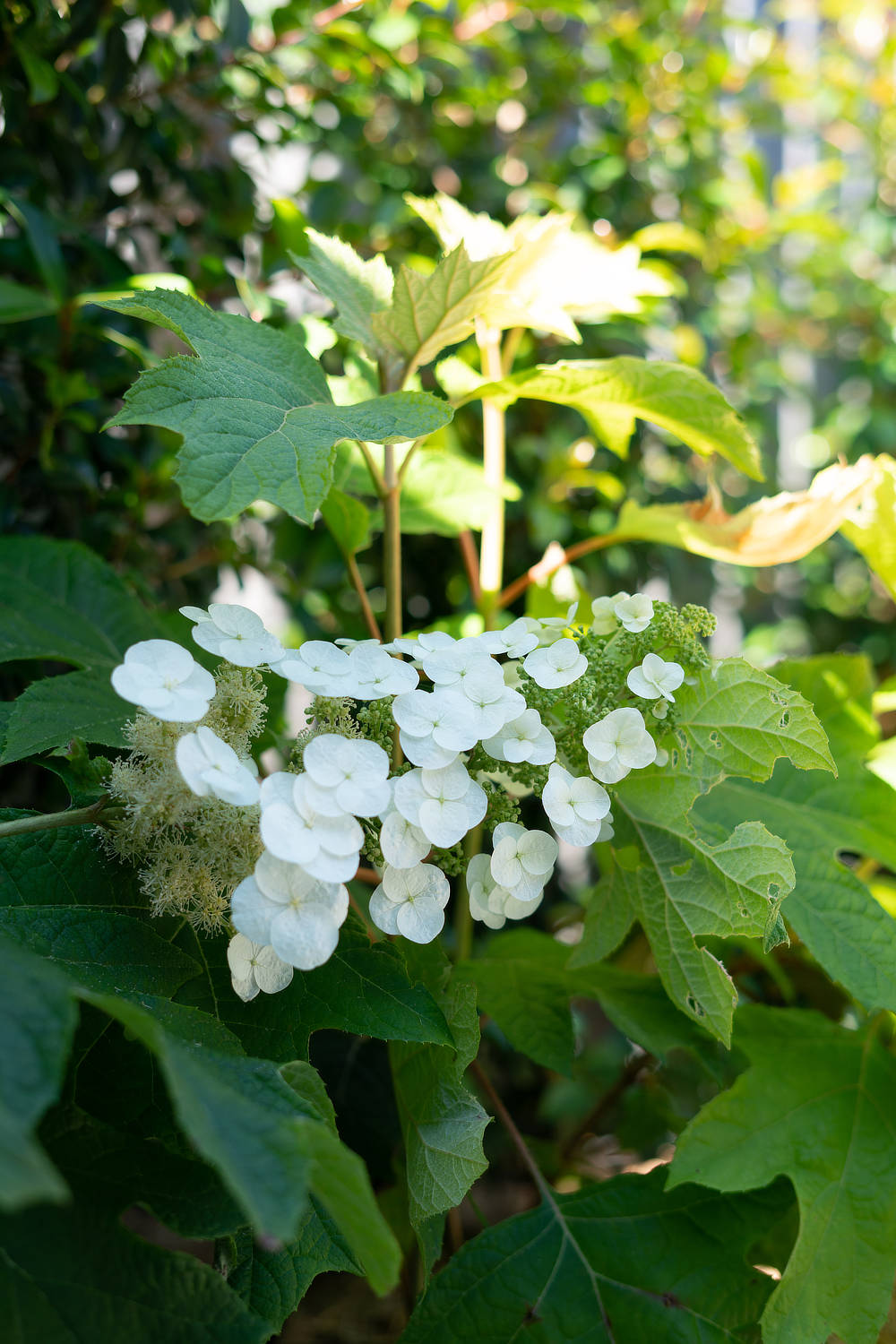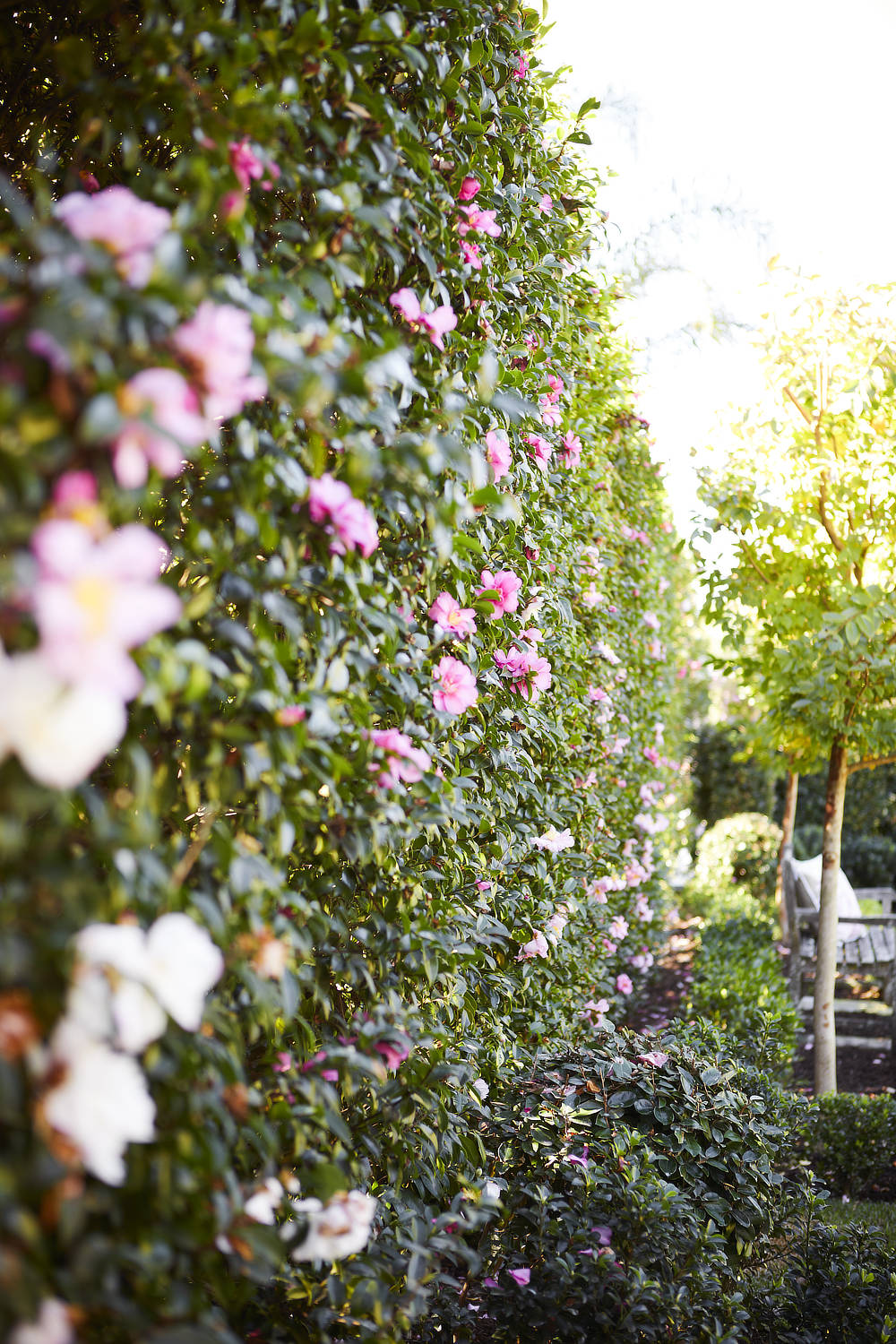With Spring knocking on the door, you’ll notice your plants coming back to life and buds starting to swell. When you notice growth in plants, they will be using nutrients to build cells and get larger. To aid them in this you can apply fertiliser, but what is the right one to use?
Plants need a range of nutrients to be healthy. You’ll notice on the side of any fertiliser a ratio of N:P:K. this represents the percentage of Nitrogen, Phosphorus and Potassium – these are the three major macro nutrients your plants need.
Nitrogen is great for leaf growth and providing the green colour, if you combine this with Iron, like you find in Richgro Black Marvel you get glossy deep green healthy plants. Sulphate of ammonia and urea are both high in Nitrogen so are perfect to green up lawns or to be given to those plants that look chlorotic, that is yellow unhealthy leaves.
The P stands for Phosphorus and is excellent for root growth and cell strength in plants. All plants are made up of microscopic cells and healthy strong cells gives you strong plants that look good, bloom well and fruit to perfection. Super Phosphate is excellent to be applied to new plantings as it will promote new roots and help to get them established before the new foliage growth in spring, it can also be applied to seedlings to give them the best start in life.
The K part if the ratio is Potassium and this is responsible for flower and fruit development. As a plant starts to bud up to flower it uses a lot of potassium, it continues to need this nutrient all the way through to when that flower turns into a fruit. I like to use Richgro sulphate of potash as if readily available your plant will be a real show off when it flowers and the fruit will be the biggest on the block too.
If you are unsure of what fertiliser to use you can use an all-purpose fertiliser, however if you can give your plants the exact macro nutrients they need when they need them, they will look and perform to their best ability.
Getting the right soil PH is vital when using fertilisers as the wrong PH means all the nutrients in the world might be in the soil but the plants cannot effectively take them up. The magic number of 6.5-7 will allow you to grow a wide variety of plants, too low and you’ll have acid soil and too high and it will be alkaline.
Garden lime helps to raise PH and makes it more acid. Garden Lime is particularly useful in heavy, organic rich soils and garden beds or lawns where use of mineral fertilisers may produce acidic soils. It will also help plants obtain nutrients from the soil and assist the decomposition of organic matter.
Dolomite lime reduces acidity and helps correct soil problems it is a good source of magnesium and calcium that are essential plant nutrients too. It can also be used in conjunction with other fertilisers and help in nutrient intake.
Now is also a good time to look at the quality of your soil. For sandy soil improve with ‘sand to soil’ rock minerals and compost to help bind the soil and add water and nutrient holding capacity. For clay-based soils do a simple stability test by taking a small piece of clay soil and popping it into a glass of boiled and cooled water. Leave it overnight and if the water is cloudy in the morning it is unstable and therefore will benefit from the application of Gypsum. Gypsum helps the small clay particles bind together to form larger particles which helps to break it up and lets water through more easily. For stable clay soils the application of compost will help bring in worms to cultivate it for you.


